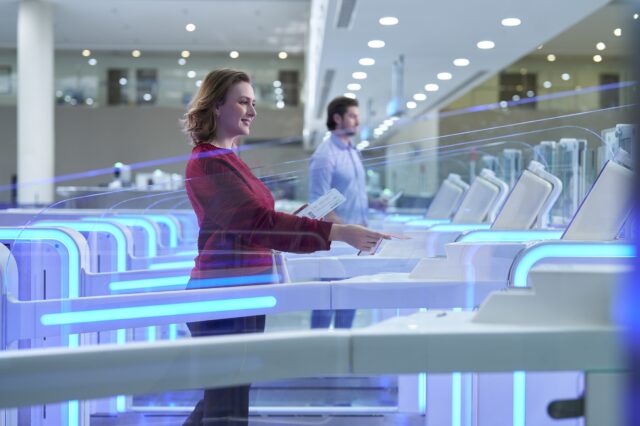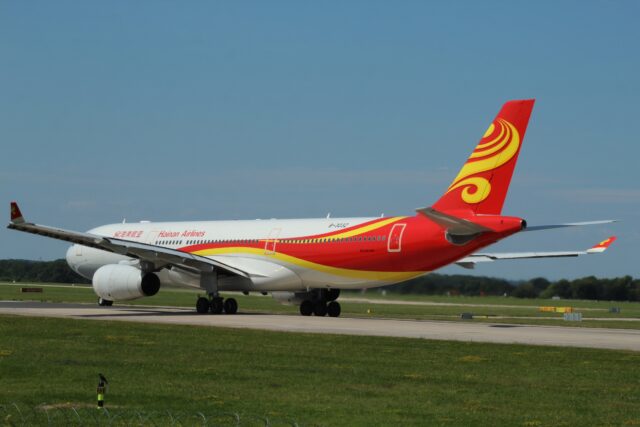Horizon partners with Pratt & Whitney Canada to advance its hybrid eVTOL

October 14, 2025

Canadian aerospace developer Horizon Aircraft has taken another step toward bringing its hybrid-electric vertical take-off and landing (eVTOL) design to market after selecting Pratt & Whitney Canada’s PT6A engine to power its full-scale prototype, the Cavorite X7.
The Toronto-based company aims to produce a hybrid eVTOL capable of outperforming many existing electric and conventional aircraft in speed and range.
The PT6A is part of Pratt & Whitney Canada’s long-running PT6 turboprop engine family, and has more than 400 million flight hours across thousands of aircraft.
Horizon says the engine’s modular design and reliability make it an ideal choice for its innovative aircraft, which blends fixed-wing performance with vertical take-off and landing capability.

“Choosing the right engine for our full-scale hybrid aircraft was essential,” said Horizon Aircraft CEO Brandon Robinson. “The PT6A is exactly what we need for our full-scale aircraft, and building a relationship with Pratt & Whitney Canada, such a respected, global leader right here at home, is another amazing win.”
Horizon’s hybrid Cavorite X7
While many eVTOL concepts rely entirely on battery power, Horizon’s hybrid configuration combines gas turbine and electric propulsion, offering an operational model better suited to the realities of long-range and off-grid flying.
The company believes this approach will allow the Cavorite X7 to undertake missions that are currently impractical for all-electric aircraft, such as emergency response, defence, and remote logistics operations.
The Cavorite X7 is designed to fly most of its journey like a conventional aircraft, reducing energy consumption and extending range, while its vertical lift capability provides the flexibility of helicopter-like access.

Horizon says the PT6A-powered hybrid system could cut hydrocarbon emissions by up to 30% compared with conventional aircraft performing similar missions.
Scott McElvaine, Vice President of sales and marketing and business development at Pratt & Whitney Canada, said the partnership demonstrates the PT6A’s continued adaptability.
“For more than six decades, the PT6 engine has been at the heart of countless innovations in aviation, continually evolving to meet the needs of customers worldwide,” he said.
“Seeing the PT6A selected for Horizon Aircraft’s Cavorite X7 reflects its position as the most modern and versatile engine in its class today, delivering the performance, efficiency, and reliability required for this next generation of aircraft.”
Horizon picks Pratt & Whitney for engine technology
The partnership between the two Canadian firms highlights a wider shift in aviation, where established engine technology is being combined with new hybrid and electric systems. For Horizon, the agreement not only strengthens its technical credentials but also lays the groundwork for production and certification of the Cavorite X7.
Horizon Aircraft and ZeroAvia have also joined forces to explore zero-emission, regional eVTOL power systems with the ultimate goal of integrating ZeroAvia’s ZA600 powertrain into the Cavorite X7, Horizon Aircraft’s unique fan-in-wing eVTOL.
The project could place Horizon among a shrinking group of manufacturers turning ambitious eVTOL concepts into practical hybrid aircraft – a key stage in the transition toward commercially viable advanced air mobility.

Horizon Aircraft is moving ahead with construction of its full-scale hybrid eVTOL, the Cavorite X7, following the successful fan-in-wing forward transition flight of its large-scale prototype in May 2025.
The company expects the full-scale prototype to be ready for initial flight testing within the next 18 months.
By early 2025, Horizon had reached several key engineering milestones for the aircraft, including completion of the overall platform architecture. The main wing propulsion units have been fabricated and are currently undergoing active testing.
Financially, Horizon remains well-positioned to support development, maintaining more than 18 months of working capital.
The company says it has streamlined operations, prioritised investment in engineering capacity, and continues to benefit from significant government funding to sustain its research and development programme.
















